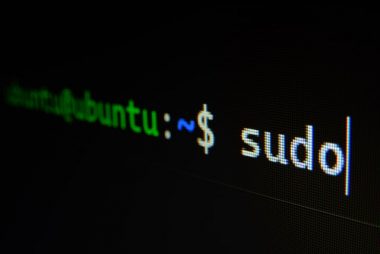Introduction to Linux
Chapter I: Introduction 1 Introduction to Linux. 3 2 History of Linux. 3 The Beginnings of Unix. 3 Evolution of Linux. 4 History of Linux in Brief 4 Understanding What Linux Is?. 6 Architecture of Linux OS. 7 Understanding How Linux Differs from Other Operating Systems 9 Advantages of Linux. 9 Disadvantages of Linux. 11…




